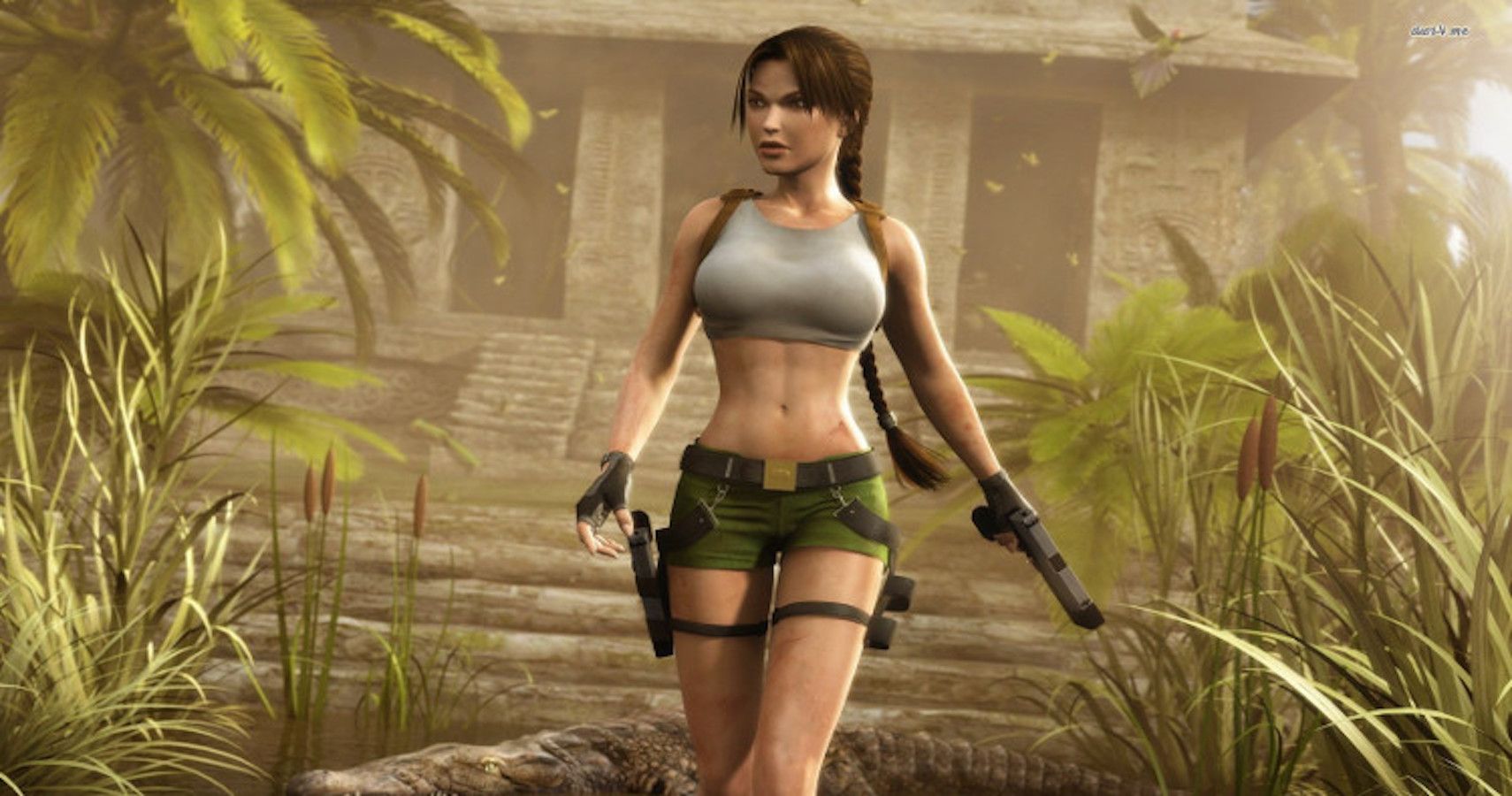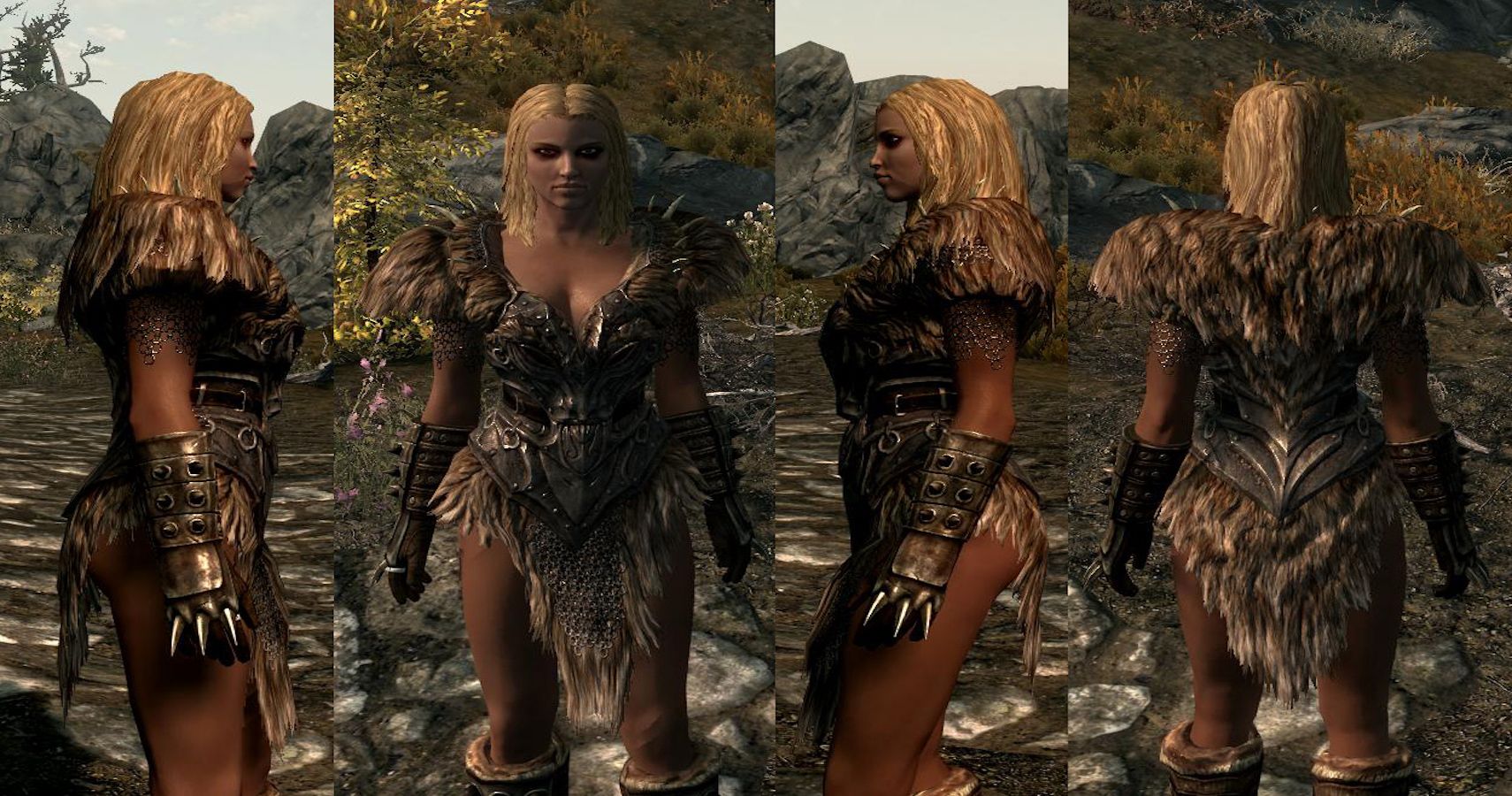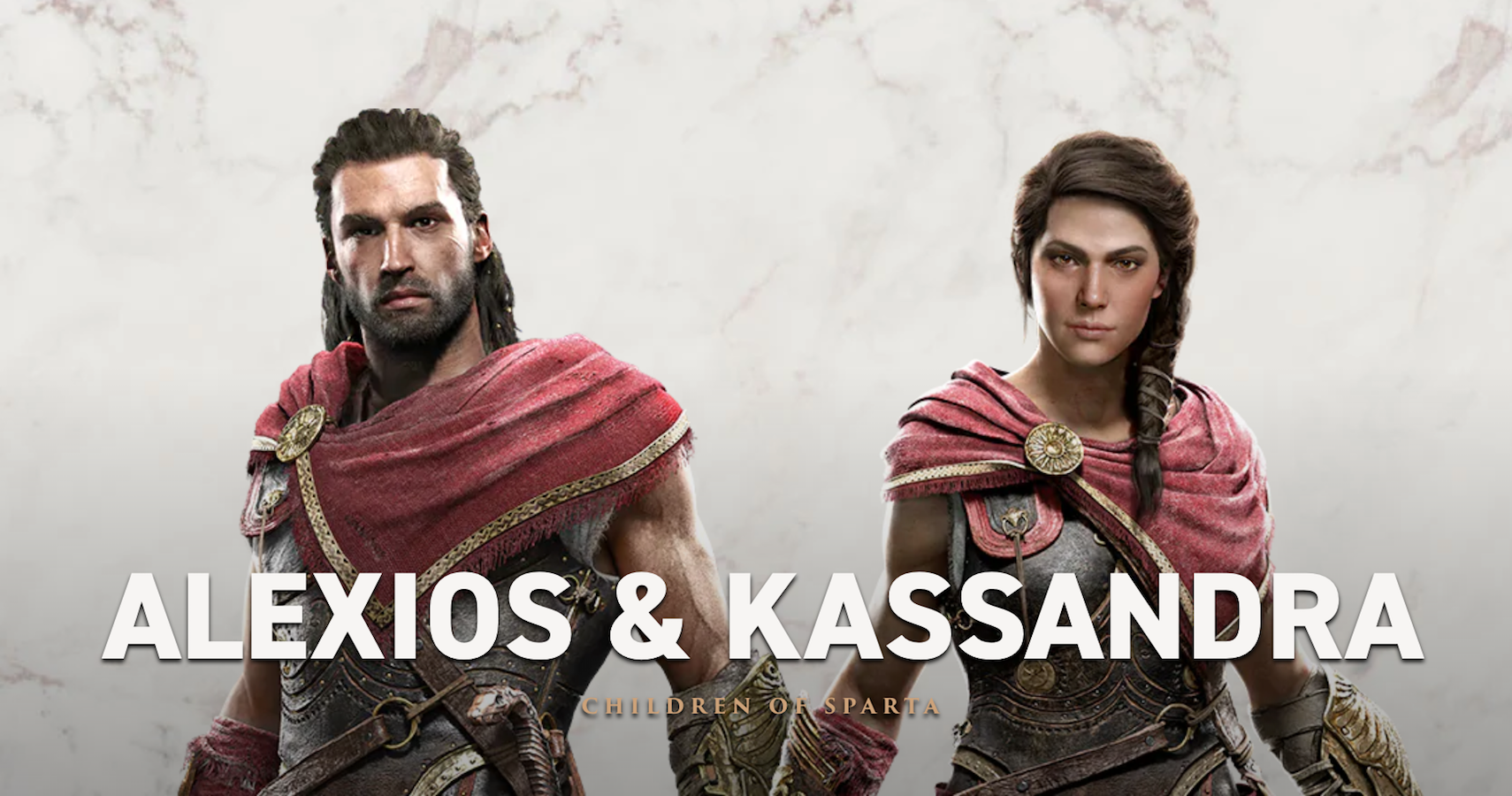When Anita Sarkeesian accepted the Ambassador Award at the Game Developers Choice Awards for her video series titled “Tropes vs Women in Video Games,” she wasn’t exactly met by a sea of applause. Instead of a standing ovation, she received a bomb threat. Instead of supporting her condemnation of chauvinistic ideals, the gaming community vilified her, reinforcing the very issue within the video-game industry that Sarkeesian sought to ameliorate. A web-based game called Beat Up Anita Sarkeesian was released. Anyone who was interested could point their cursor at her face and click until her eyes blackened and blood gushed from her nose. The message? Women are not welcome.
During Gamergate, concerns about ethics in gaming journalism were a contrivance—constructed to mask the fragile masculinity and sense of entitlement that plagued the gaming industry’s core demographic. Five years later, many of the issues that sparked the gender-driven conflict are still woven into the fabric of games, propped up by the individuals that play them. As with any art form, the values and motifs that sit at the heart of video games are a reflection of the values that exist in the minds of their creators. As cultural awareness evolves, gamers seem to exist on a subliminal plane—where “wokeness” and progressive concerns regarding race or gender just aren’t in the budget. When, if at all, will they catch up?
Great, Now I Can’t Play Skyrim
Sexism is so entrenched into video-game culture that it often goes unnoticed. For games that are built and played by mostly men, this isn’t exactly a surprise. But, in the quest to build an ideal world for their target consumer, are designers propping up platitudinal gender tropes? Almost definitely. As video games reach for inclusivity, the same parapets appear time and time again. Anyone with an ounce of self-awareness is immediately marginalized.
Look atSkyrim, for instance. One of the most highly revered RPGs of all time still suffers at the hands of its own carnal desire. The male characters in the game, when fully dressed in armor, all bare substantial armaments. The women? Not so much. In games likeSkyrimorMass Effect, breastplates are traded for slender sheet metal that features what can only be described as “boob windows.” Clearly, when you’re warding off enemies and fighting dragons, showing off your figure is still of the utmost importance. Never mind having a piece of armor that will actually stop a sword from lancing straight through your torso.
Entire books have been written regarding the role that video-games have played in reinforcing tired gender tropes. There are far more structural and systematic afflictions within the industry, and the question of costume design merely scratches the surface—serving as a physical stand-in for issues that are deeply rooted.
Is There Any Hope?
Some games do get it right. There are plenty of titles, for example, in which body armor features the same design no matter which character you’ve selected. InAssassin's Creed Odyssey, the armor worn by Alexios mirrors that of Kassandra.Saint’s Rowis another game that could write a guide book on character design that doesn’t look like it was executed by a 15-year-old boy. Only small adjustments are made to accommodate proportional differences and to prevent clipping.
It’s difficult to believe that titles that capture the zeitgeist of gaming's vitriolic past aren’t the product of explicit choices. It’s much harder to redesign an entire outfit for a female character than it is to just use identical outfits for both sexes. That being said, why go through all that extra trouble just to out yourself as a creep. Does your Dragonborn really need a “boob window?” It’s no secret that sex sells, but until the industry’s biggest players realize that inclusiveness is beneficial for everyone, gaming will remain one of the few media outlets that allow this kind of toxic behavior.




